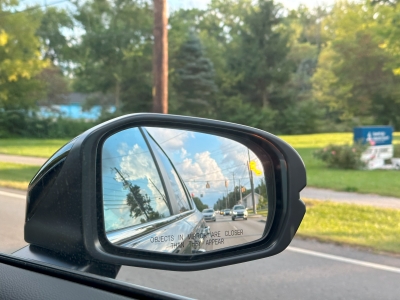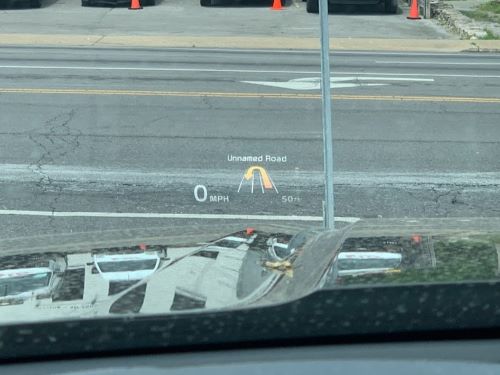Advanced Driver-Assistance Systems (ADAS) play a pivotal role in vehicles today. These systems, combining sensors, cameras, and artificial intelligence, aim to prevent collisions, improve vehicle control, and make for safer travel. Let’s dive into some of the key components of ADAS and explore how they work.
Lane Departure Warning (LDW)
Lane Departure Warning systems help prevent unintentional lane drifting, a common issue caused by driver fatigue or distraction. Using cameras or sensors, the system alerts the driver through audible warnings or vibrations, encouraging them to correct their path.
Forward Collision Warning (FCW)
Forward Collision Warning systems detect potential collisions with vehicles ahead. Using sensors or cameras, FCW alerts drivers with visual or auditory signals, providing critical time to react and avoid accidents.
Blind Spot Detection (BSD)

Blind Spot Detection (BSD) ensures safer lane changes by monitoring areas not visible in mirrors. If a vehicle is in the blind spot, BSD alerts the driver, reducing the risk of side collisions.
Rear Cross Traffic Alert (RCTA)
Rear Cross Traffic Alert (RCTA) is invaluable when backing out of parking spaces. Using radar sensors, the system warns drivers of approaching vehicles from the sides, preventing rear-end collisions.
Driver Drowsiness Detection
Driver Drowsiness Detection monitors behavior, such as erratic steering or eye movements, to identify signs of fatigue. When detected, the system issues alerts or suggests taking a break, keeping drivers safer during long drives.
Adaptive Cruise Control (ACC)
Adaptive Cruise Control adjusts the vehicle’s speed based on the flow of traffic. Using radar and sensors, it maintains a safe distance from the vehicle ahead and can even stop and resume driving in heavy traffic.
Automatic High Beams and Adaptive Headlights
Automatic high beams adjust brightness based on oncoming traffic, improving nighttime visibility without dazzling other drivers. Adaptive headlights swivel in the direction of turns, enhancing visibility on curves.
Parking Assistance Systems
There are a few different ways Parking Assistance Systems help drivers:
- Parking sensors: These provide proximity alerts to avoid obstacles while parking.
- Parking guidance systems: These offer visual or auditory cues to assist with maneuvering into a space.
- Automatic parking systems: These systems can take over steering, and in some cases acceleration and braking, to park the vehicle autonomously.
Automatic Emergency Braking (AEB)
Automatic Emergency Braking applies brakes autonomously if a potential collision is detected, reducing the likelihood of accidents caused by driver inattention or delayed reaction.
Heads-Up Display (HUD)

Heads-Up Displays project critical information, such as navigation and speed, onto the windshield, allowing drivers to stay informed without taking their eyes off the road.
The Limitations of Advanced Driver-Assistance Systems
While ADAS offer lots of benefits, overreliance on technology can be dangerous. These systems are not a replacement for a defensive driver. Drivers must maintain a balance between utilizing technology and remaining attentive.
By understanding the capabilities and limitations of ADAS, drivers can use these technologies responsibly, ensuring a safer and more efficient driving experience. As vehicle technology evolves, staying proactive and informed will be key to maximizing the potential benefits.
Interested in learning more about traffic safety?
Are you looking for defensive driving and traffic school courses? Do you want a discount on your auto insurance? Do you know a teen who’s ready to take an online driver education course?
Safe2Drive is here to help! We offer convenient online courses for drivers of any age! Visit our website today to learn about the online courses we offer in your state.